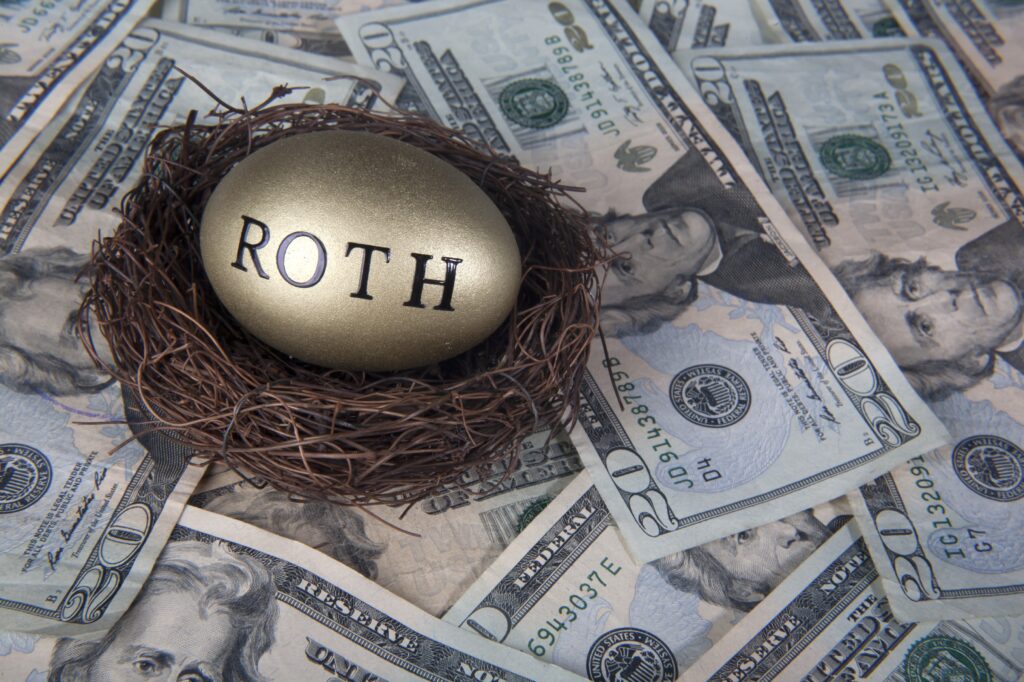Chances are you know about Roth IRAs and what makes them special. Any contributions you make are with after-tax funds, and if you convert all or part of a traditional IRA to a Roth, you have to pay taxes at your ordinary income tax rate. But – the special part – your growth and distributions from the Roth are tax-free no matter what tax rates do in the future.
You have probably also seen calculators, which purport to tell you whether it makes sense to convert traditional IRA monies into Roth dollars. The calculators compare the taxes you have to pay now for the conversion versus the taxes you save in the future on withdrawals. The normal conclusion: if you expect your marginal tax rate to be lower in retirement than it is today, the conversion does not make sense.
The problem with these analyses is that in many cases these analyses do not make sense. Why? A taxpayer in the 39.6% marginal bracket is not really in the 39.6% bracket because he or she is also subject to stealth taxes such as the 3.8% Medicare surtax, plus the phase-out of itemized deductions and personal exemptions plus a higher capital gains rate. In many circumstances, these simple calculators are understating the likely future tax rate by several percent.
The second problem with these analyses is that they ignore the flexibility you get when a portion of your retirement money becomes available tax-free. The advice you generally read says that in retirement, you should spend down your taxable portfolio and let your traditional and Roth IRA accounts grow tax-deferred. If you do not have a Roth, then your traditional IRA continues to grow until the taxable account runs out.
Then what? When you reach age 70 1/2, you have to start taking mandatory distributions from your traditional IRA and this amount goes up in each subsequent year. For many people who have done well in saving for retirement and maximized their tax-deferred accounts required distributions could easily throw them into a higher marginal bracket and making them subject to these stealth taxes. To boot, they may also have to pay higher Medicare Part B and D premiums and higher taxes on Social Security.
Nevertheless, if some of your money is set aside in a Roth account, you have options. Each retirement year, you can take money out of the traditional IRA up to a certain tax rate–say 15% or 25%, long before the surtax kicks in, before the deductions are lost. Then, if you need more income, take the rest out of the Roth. Your Roth monies never show up on your tax return. This gives you better control of your tax rate each year. If Congress decides to add a bunch of other stealth taxes or raise marginal tax rates, you can better plan around those taxes.
The point here is that determining whether to convert some of your IRA into Roth dollars is more complicated than the naive online calculators would have you believe. It clearly does not make sense to make a conversion if it will bump you up from a 25% rate to 39.6% on this year’s tax return and trigger a bunch of stealth taxes. However, somebody in the 25% bracket could make a partial Roth conversion that would use up the rest of the 25% bracket, and perhaps even bump up to the very top of the 28% rate with a somewhat larger conversion–taking advantage of the lower rate while still keeping income under the various stealth tax thresholds.
Similarly, if you have fluctuating income, then a year when your income is low represents an opportunity to make a significant Roth conversion, so you do not waste that lower bracket. You can skip the conversion during years when your income returns to higher levels.
Yes, these calculations tend to be complicated, but they can add tremendous value if you know what you are doing.
Kevin Kroskey, CFP®, MBA is President of True Wealth Design, an independent, local wealth management firm and resides with his family in Bath Township. www.TrueWealthDesign.com.


